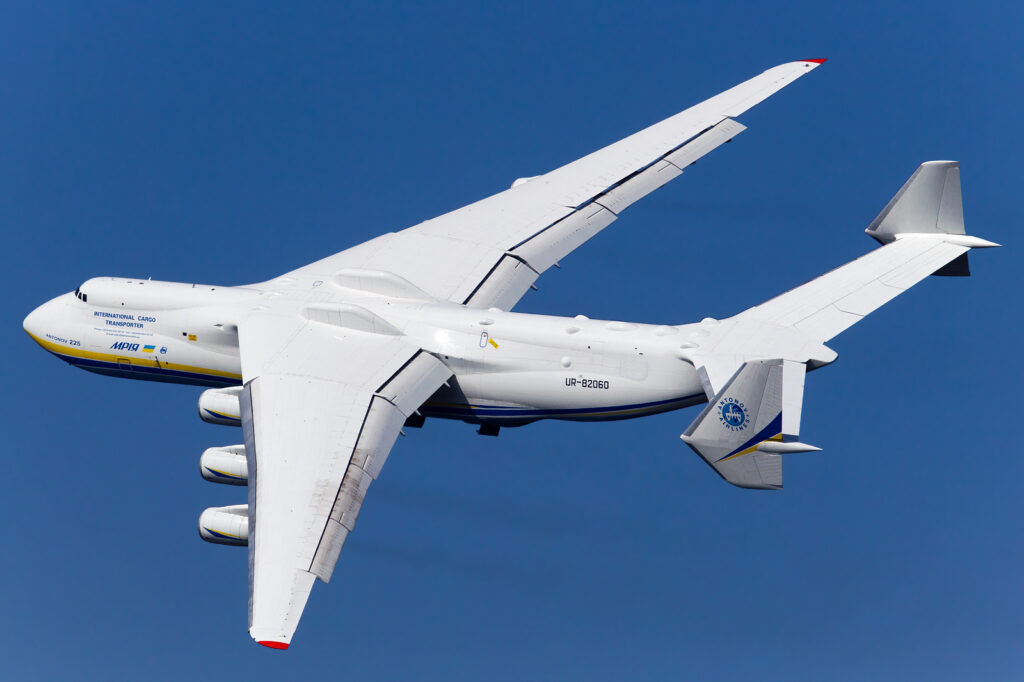Wing size has been important to flight since the glider first took off in 1803. Large wings produce more lift and can operate at lower speeds, making them useful in reducing fuel burn. However, these ideas come with significant drawbacks, which is why many of the medium-sized jetliners prefer slightly thinner wings. Today, we examine the pros and cons of one of aviation’s most instrumental ideas.
For a long time in the pre-WWII days, multiple wing surfaces, and therefore larger surface areas, were the standard. Biplanes, and even triplanes, fought battles in Europe during WWI. for the low power engines, large wings were truly the only way to go. As power improved, the heavy double wings were quickly disposed of. Because large wings cannot function efficiently at high speeds, slimmer wings took their place. Only when commercial aviation’s double-aisle aircraft were used, the wings were given a second life. Slow flights make landings safer and easier, and lift was easier to create. In total, large wings make fuel costs decrease. However, as wing sizes increased, the extra apron space would decrease. This led to the slow demise of the concept. Airlines want faster travel with less downtime. Therefore, larger wings would not be ideal for quick trips and turnaround times. Again, the industry has turned to slim.
As for carbon reduction, the large wing is still king. The large wing reduces the need for lift and therefore power during the fuel-heavy takeoff stage. Slower flight also allows for deeper turns, reducing fuel on landing. However, the airplane does become heavier.
Carbon reduction is possible with a large wing. Though it has many a downside, the design is still truly remarkable as it spawned the first leg in the aviation journey.
